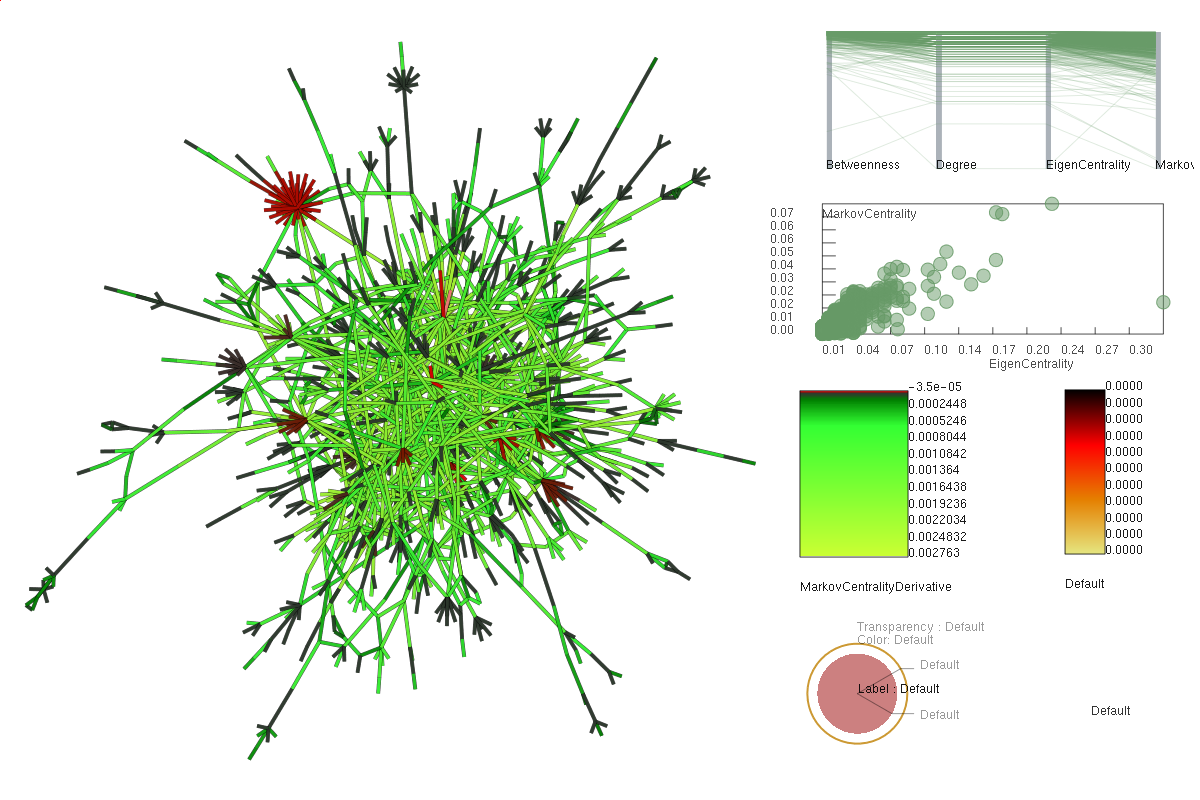Latest News and Events
About Us

After the National Visualization and Analytics Center (NVAC) was chartered in 2004 by the US Department of Homeland Security (DHS), a joint effort by the National Science Foundation (NSF) and DHS lead to the creation of the FODAVA research initiative. FODAVA emphasizes foundational research in data and visual analytics. It collaborates with NVAC in research and educational opportunities. The FODAVA initiative also helps build a community for data and visual analytics that integrates researchers from disparate fields while broadening the field of research.
What is Data and Visual Analytics?
Data and Visual Analytics is a multidisciplinary field that combines the science of analytical reasoning facilitated by interactive visual interfaces. It includes areas such as data representation and transformation, algorithms, modeling and simulation, and techniques to support production, presentation, and dissemination of results. Data and Visual analytics is not just acquiring massive amounts of data, but deriving understanding from these data, and facilitating appropriate decision making from such analyses. Data and visual analytics requires an interdisciplinary knowledge set including statistics, mathematics, knowledge representation, management, cognitive and perceptual sciences, decision sciences, and interaction techniques.
Analysts in many fields are bombarded with enormous volumes of data coming from a variety of sources: documents, emails, measurements, images, numbers and even sounds. Often, this information is incomplete, fuzzy, disjointed, or out of context. Recognizing that humans have a keen ability to process visual information, data and visual analytics includes the creation of sophisticated computer tools that can interpret and analyze vast amounts of data. For example, individuals may use visual analytics tools and techniques to:
• Synthesize information and derive insight from massive, dynamic, ambiguous, and often conflicting data.
• Detect the expected and discover the unexpected.
• Provide timely, defensible, and understandable assessments.
• Communicate assessment effectively for action.

What is the role of the FODAVA Initiative?
The FODAVA initiative focuses on the creation of mathematical and computational sciences required to transform all types of digital data into ways that make visual understanding possible. This will require research into new algorithms to represent and transform data into mathematical formulations and computational models that will subsequently enable efficient, effective visualization and analytic reasoning techniques. These computational models will help data stakeholders confirm expected results from the massive amounts of data and discover unexpected new results.


